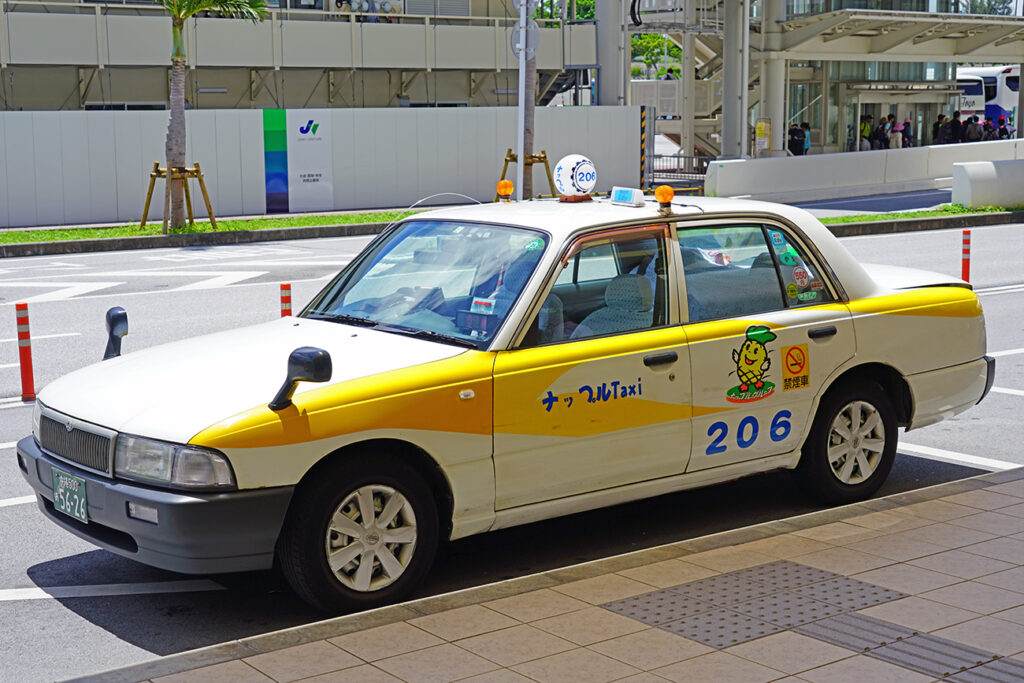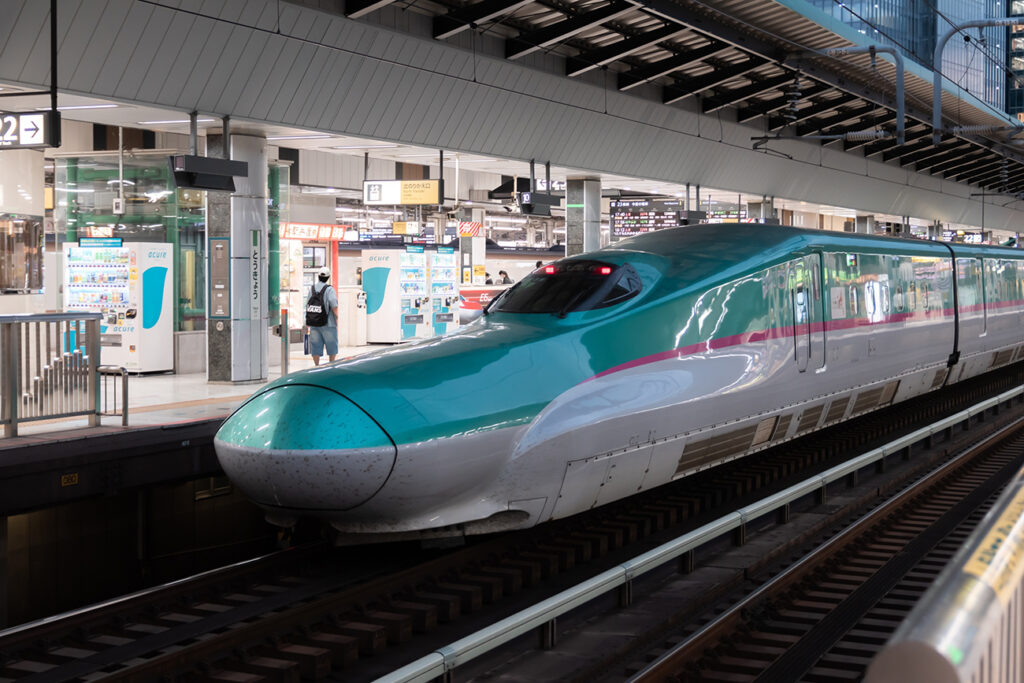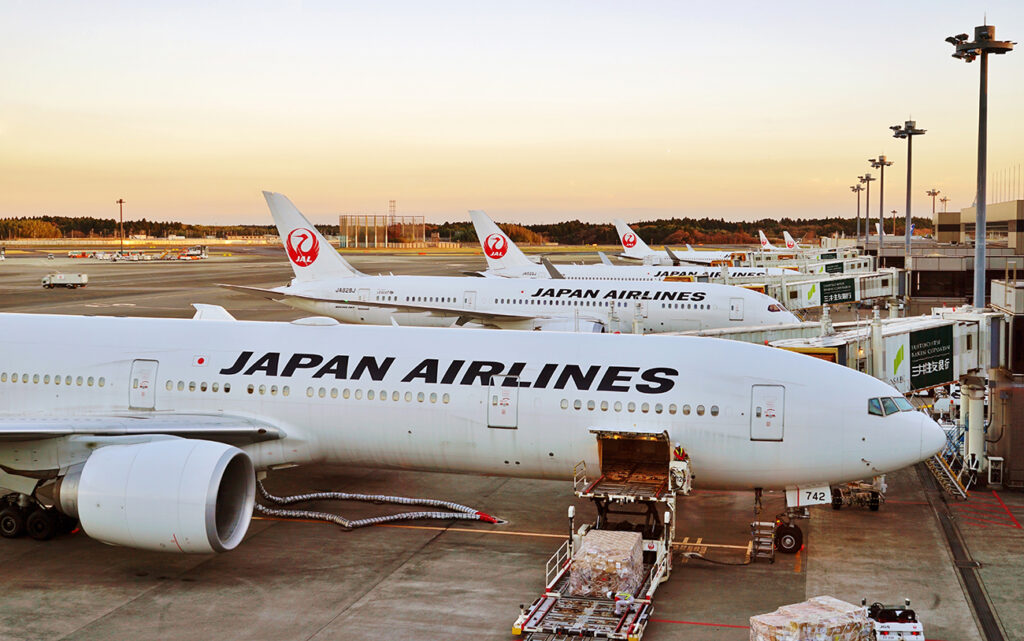
Navigating Japan’s Efficient Transportation System – Part 2
Japan features an efficient transportation system that ensures easy and comfortable travel almost anywhere. Check out the continuation on more helpful guides to Japan’s public transportation and its benefits.
City Buses
City buses offer a convenient way to get around, especially in areas not served by trains or subways. They are widely used for commuting, shopping, and sightseeing, with fares generally lower than other forms of public transportation. Buses are also essential in rural areas where they may be the primary mode of transport for locals.
Long-distance travel is also possible by highway bus, which is a slower but cheaper alternative to trains. Highway buses can be booked with special seats offering comfort and privacy, making them a viable option for overnight travel.
Taxis are less popular in big cities like Tokyo due to their higher fares compared to public transport. However, they are useful for short distances or when no trains or buses are available, such as late at night. Taxis are easy to hail at train stations or along streets, with red lights indicating availability. Apps like JapanTaxi and DiDi, as well as Uber, can be used to book taxis. Note that taxis can become expensive quickly, but tipping is not required, and many accept card payments.
The shinkansen, or bullet train, is a symbol of Japan’s advanced transportation system. Since 1964, it has provided fast, comfortable, and reliable travel across the country. The shinkansen network covers most of Japan, except for the Sanin and Shikoku regions. These high-speed trains can reach speeds of 320 km/h, making it possible to travel from Tokyo to Osaka in less than 2.5 hours. There are three main types: Nozomi, Hikari, and Kodama, with Nozomi being the fastest. On-board services include snacks, bento boxes, beverages, and free Wi-Fi.
Highway Buses
Highway buses provide a budget-friendly option for long-distance travel. Recent improvements have enhanced passenger comfort, with options for luxurious seats and private spaces. These buses often run overnight, allowing for efficient travel to destinations that might be reached in the early morning.
For travel to remote areas or islands, domestic flights are a practical option. Major airlines like ANA and JAL, along with low-cost carriers, offer flights that can sometimes be cheaper than the shinkansen. Planes are ideal for reaching places like Okinawa, providing high-quality service and efficient travel.
Key Takeaways
- Japan Rail Pass: Great for unlimited travel on JR services.
- IC Cards: Convenient for travel on trains, subways, buses, and more.
- Trains and Subways: Punctual and extensive, best for city travel.
- Buses: Useful for reaching areas not served by trains, affordable.
- Taxis: Expensive but useful for short trips or late-night travel.
- Shinkansen: Fast and comfortable for long distances.
- Highway Buses: Budget-friendly for long-distance travel.
- Planes: Best for remote areas and islands.
Understanding these transportation options will enhance your travel experience in Japan, making it more efficient and enjoyable.



